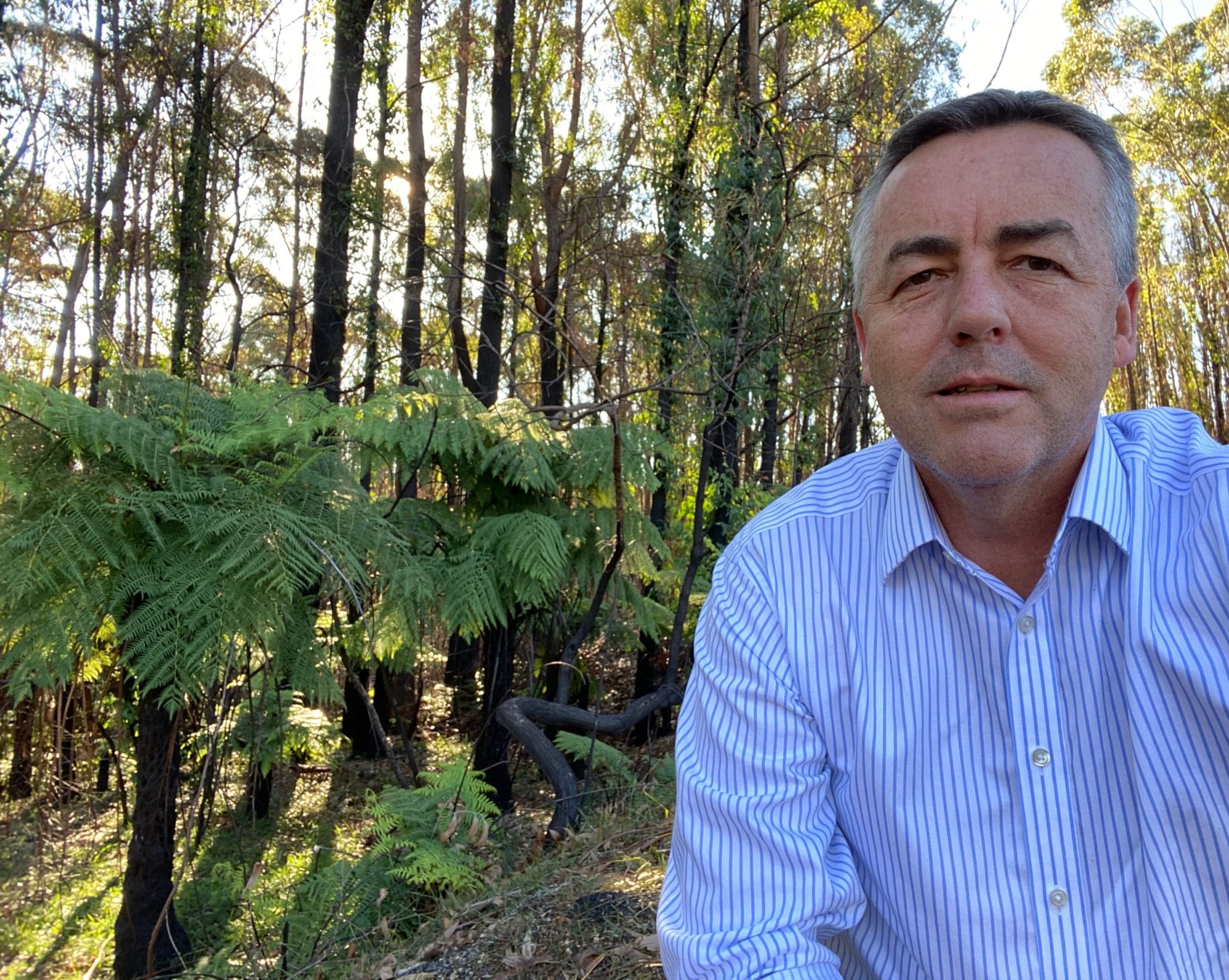Six projects in Gippsland have been selected to help native wildlife and habitat recover from the recent bushfires as part of the Federal Government’s $12 million Wildlife and Habitat Bushfire Recovery Program.
Federal Member for Gippsland Darren Chester said the projects included the installation of hollows from Bairnsdale to Mallacoota for species such as the Greater Glider and Glossy Black Cockatoo, and another project would examine the impact of fire and large feral animals on small reptiles.
“Gippslanders have been deeply affected by the fires and seeing the environment recover around them and the return of native animals is an important part of the recovery process,” Mr Chester said.
“It is going to take time, but our communities are resilient and large scale projects like these will be integral in helping our native environments recover.”
Many of the projects are working across multiple states and regions. Projects to be delivered in Gippsland are:
· $336,090 for Cmore Pty Ltd (Partners: Gunaikurnai Land and Waters Aboriginal Corporation) for the installation of hollows between Bairnsdale and Mallacoota for a range of species
· $170,200 for BirdLife Australia for a comprehensive national assessment of eastern Australia of fire-affected Mainland Ground Parrots and Eastern Bristlebirds across their known ranges to identify critical gaps in bushfire recovery effort
· $654,500 for The Trustee for Nature Glenelg Trust to support the recovery of the 22 priority freshwater crayfish species affected by the bushfires in eastern Victoria, including the Snowy River
· $271,370 for La Trobe University in partnership with Falls Creek and Mt Buller-Mt Stirling Resort Managements to assess the impacts of the fires on the Alpine Stonefly in the Victorian Alpine region
· $255,060 for Monash University to assess the impacts of the bushfires on freshwater biodiversity across south-eastern Australia including the East Gippsland catchment
· $328,131 for Deakin University to examine the impacts of severe and extensive fire and interactions with feral herbivores to inform whether further management could be needed in the Australian Alps and East Gippsland.
Environment Minister Susan Ley said the program was part of a $200 million commitment to the long-term recovery of threatened species, native animals and local habitats.
“We are working with ecologists, Indigenous leaders, bushfire experts, scientists, wildlife experts and community organisations in preparing strategies to build back better for our wildlife and landscapes,” Minister Ley said.
In May the Government committed a further $150 million for bushfire recovery for native wildlife and habitat areas in addition to the initial $50 million funding. These funds will be invested in bushfire affected regions over the next two years.
More information about work to support bushfire recovery for wildlife and habitat is on the Department’s website: http://www.environment.gov.au/biodiversity/bushfire-recovery or email: BRIT@awe.gov.au

